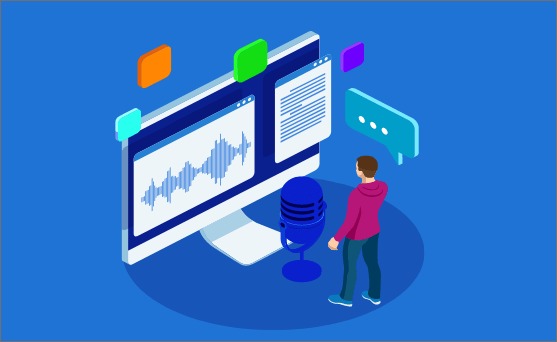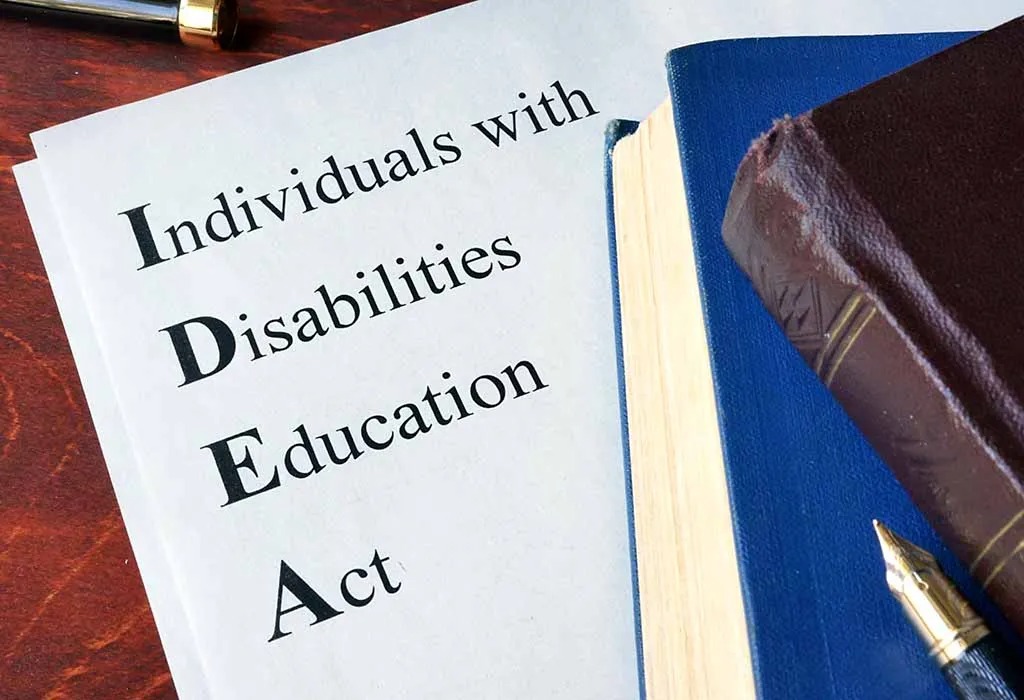What is the purpose of a 504 Plan?

A 504 Plan provides accommodations and modifications to students with disabilities to ensure they have access to the general education curriculum, even if they don't require an IEP.
Which organization primarily advocates for the rights of individuals with disabilities in education?

The ARC is a national community-based organization that advocates for the rights of individuals with intellectual and developmental disabilities, including their right to education.
What type of strategy involves breaking lessons into small, manageable steps?

Scaffolding breaks learning tasks into smaller steps, providing support at each level to help students master concepts gradually.
What is the primary purpose of an Individualized Education Program (IEP)?

An IEP sets personalized goals and outlines specific support that a student with disabilities will receive in school to meet their educational needs.
Which assistive technology helps students with reading disabilities?

Text-to-speech software reads aloud the digital text from books, websites, or other sources, helping students with reading disabilities better understand the material.
Which law ensures that children with disabilities receive free public education?

The Individuals with Disabilities Education Act (IDEA) ensures that children with disabilities are entitled to a free, appropriate public education. It includes the creation of an Individualized Education Program (IEP) for each eligible student.
Special education is a tailored educational approach designed to meet the unique needs of students with disabilities. It encompasses various services, resources, and teaching strategies to foster a supportive learning environment. Advocacy is crucial in ensuring that these students receive the appropriate resources and support they require to thrive academically and socially. Understanding the landscape of special education can empower parents, educators, and communities to advocate effectively for inclusive educational practices.
Also read: Top Universities for Computer and IT Education: Best Programs at MIT, Stanford, and More
Understanding Advocacy in Special Education
Advocacy in special education plays a vital role in ensuring that students with disabilities receive the services and support they are entitled to. Parents and guardians are often the first advocates for their children, needing to navigate complex educational systems and legal frameworks. They can work collaboratively with teachers and school administrators to create an environment conducive to learning. Various advocacy organizations, such as the National Parent Technical Assistance Center, provide resources and guidance to empower families.
Legal rights and protections are also critical in this advocacy landscape. The Individuals with Disabilities Education Act (IDEA) mandates that eligible students receive a free and appropriate public education. Similarly, the Americans with Disabilities Act (ADA) and Section 504 of the Rehabilitation Act prohibit discrimination against individuals with disabilities in educational settings. Understanding these laws enables parents to advocate effectively for their children, ensuring their educational rights are upheld.
Teaching Strategies for Diverse Learners
Implementing effective teaching strategies for diverse learners is essential in special education. Differentiated instruction techniques allow educators to tailor their teaching methods based on each student’s individual needs, strengths, and interests. This approach fosters an inclusive classroom environment where all students can thrive. For example, teachers may provide various activities that cater to different learning styles, whether visual, auditory, or kinesthetic, ensuring that every student can engage with the material.
Another effective approach is Universal Design for Learning (UDL), which emphasizes flexibility in teaching methods. UDL encourages the use of multiple means of representation, engagement, and expression to accommodate diverse learners. Collaborative teaching approaches, such as co-teaching models, also contribute to effective instruction. By having general and special education teachers work together, students with disabilities benefit from a rich, diverse learning experience that fosters peer interactions and individualized support.
Assistive Technology: Enhancing Learning
Assistive technology plays a transformative role in special education by providing tools that enhance learning for students with disabilities. Various assistive technology options exist, including communication devices, screen readers, and specialized software designed to support specific learning challenges. These tools empower students to engage with educational content in ways that suit their unique needs. For instance, speech-to-text software allows students with writing difficulties to express their thoughts without the barrier of handwriting.
The benefits of assistive technology in the classroom extend beyond mere academic support. These tools can also boost self-esteem and independence, enabling students to participate more fully in classroom activities. Educators play a crucial role in selecting appropriate assistive technology tailored to individual needs. By evaluating each student’s strengths and challenges, teachers can integrate the right tools to create a more inclusive and supportive learning environment that fosters success.
Also Read: Discover the Best Universities in the World: QS Rankings, Harvard, Oxford, and More
Developing Individualized Education Programs (IEPs)
Individualized Education Programs (IEPs) are pivotal in special education, outlining the specific educational goals and services for students with disabilities. Key components of an IEP include present levels of academic achievement, measurable annual goals, and specific accommodations and modifications tailored to the student’s needs. The development of an IEP involves collaboration among parents, educators, and other professionals, ensuring that the student’s unique needs are comprehensively addressed.
The IEP development process typically includes assessments to identify the student’s strengths and challenges. Stakeholder involvement is crucial, as each member brings valuable insights that contribute to the creation of a robust plan. Once the IEP is implemented, ongoing monitoring and adaptation are essential to ensure its effectiveness. Regular meetings and assessments allow educators and families to make necessary adjustments, ensuring that the student continues to progress and receive the support they need to succeed academically.
Community and Online Resources for Support
Access to community and online resources is essential for families navigating special education. Local and national organizations, such as the Autism Society and Learning Disabilities Association of America, provide valuable support, advocacy, and educational resources. These organizations often offer workshops, training sessions, and support groups, empowering families to connect with others facing similar challenges. Such community connections can foster a sense of belonging and shared understanding.
Online forums and communities also provide vital platforms for sharing experiences and resources. Websites like Wrightslaw and Understood offer extensive information about special education rights, teaching strategies, and assistive technology. Educational databases can further assist parents and educators in finding research-based practices to support students with disabilities. By leveraging these resources, families and educators can better navigate the complexities of special education, ensuring that students receive the necessary support and advocacy for success.
Future Trends in Special Education
The landscape of special education is continually evolving, driven by innovations in teaching strategies and technology. Emerging trends, such as personalized learning and inclusive classroom environments, focus on meeting the diverse needs of all students. Advances in technology also play a significant role in this evolution, with tools like artificial intelligence and adaptive learning platforms enhancing the educational experience for students with disabilities.
Policy changes can significantly impact special education practices, emphasizing the importance of ongoing advocacy for equitable access to resources. Efforts to increase awareness and understanding of disabilities within educational institutions contribute to a more inclusive environment. Preparing educators to implement these new strategies and technologies will be crucial for the future of special education. By embracing these trends, educators, families, and communities can work together to create a more supportive and inclusive educational landscape for students with disabilities.
Conclusion
In summary, navigating special education requires a comprehensive understanding of advocacy, effective teaching strategies, and the use of assistive technology. By prioritizing the unique needs of students with disabilities and leveraging available resources, families and educators can foster an inclusive environment. Collective responsibility among educators, families, and communities is essential to support these students’ educational journeys and ensure they have the opportunities to thrive academically and socially. Continued advocacy and awareness will be vital in shaping the future of special education.
